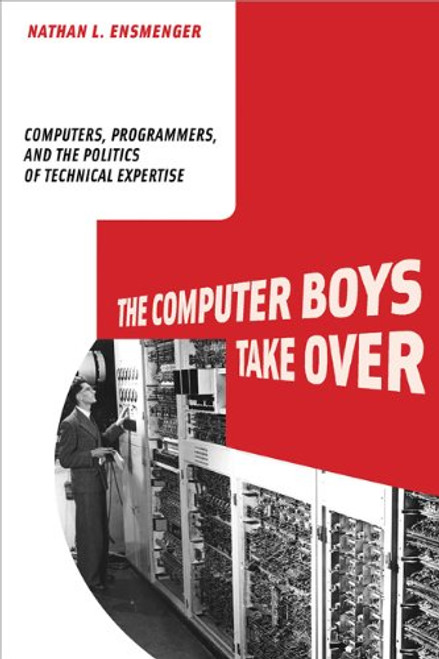Product Overview
The book shows how the wartime alliance of engineers, scientists, and the military exemplified by MIT's Radiation Lab helped to transform research and development practice in the United States through the end of the Cold War period.
This book presents an organizational and social history of one of the foundational projects of the computer era: the development of the SAGE (Semi-Automatic Ground Environment) air defense system, from its first test at Bedford, Massachusetts, in 1951, to the installation of the first unit of the New York Air Defense Sector of the SAGE system, in 1958. The idea for SAGE grew out of Project Whirlwind, a wartime computer development effort, when the U.S. Department of Defense realized that the Whirlwind computer might anchor a continent-wide advance warning system. Developed by MIT engineers and scientists for the U.S. Air Force, SAGE monitored North American skies for possible attack by manned aircraft and missiles for twenty-five years. Aside from its strategic importance, SAGE set the foundation for mass data-processing systems and foreshadowed many computer developments of the 1960s. The heart of the system, the AN/FSQ-7, was the first computer to have an internal memory composed of magnetic cores, thousands of tiny ferrite rings that served as reversible electromagnets. SAGE also introduced computer-driven displays, online terminals, time sharing, high-reliability computation, digital signal processing, digital transmission over telephone lines, digital track-while-scan, digital simulation, computer networking, and duplex computing. The book shows how the wartime alliance of engineers, scientists, and the military exemplified by MIT's Radiation Lab helped to transform research and development practice in the United States through the end of the Cold War period.











